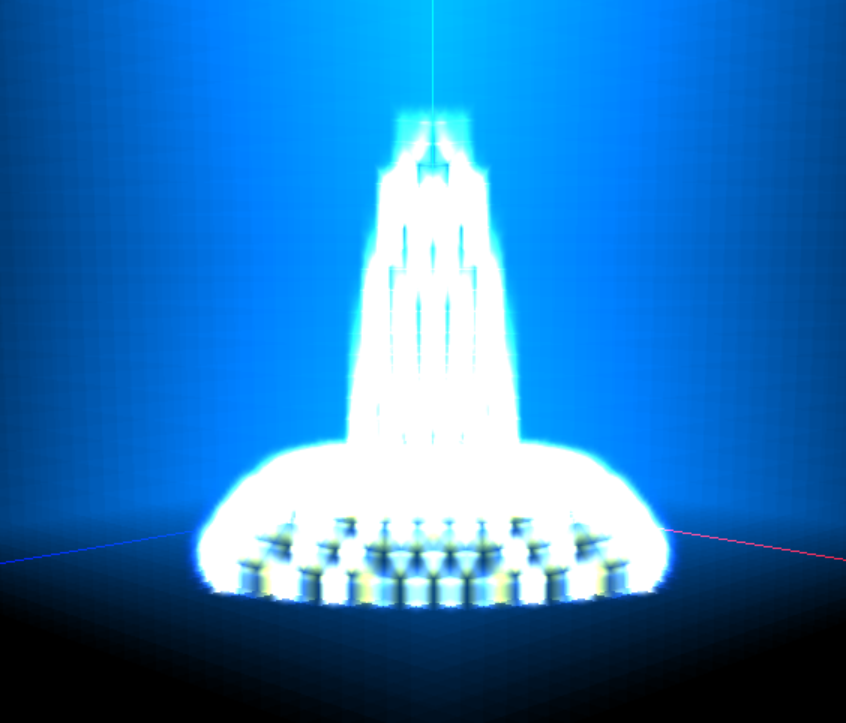For a while I've been attempting to simulate flowing water with algorithms I've scavenged from "Real-Time Fluid Dynamics for Games". The trouble is I don't seem to get out water-like behavior with those algorithms.
Myself I guess I'm doing something wrong and that those algorithms aren't all suitable for water-like fluids.
What am I doing wrong with these algorithms? Are these algorithms correct at all?
I have the associated project in bitbucket repository. (requires gletools and newest pyglet to run)


